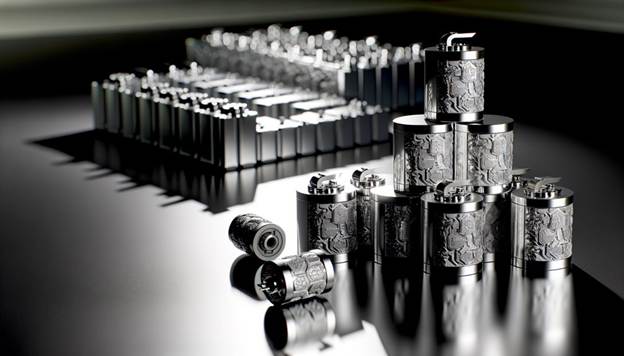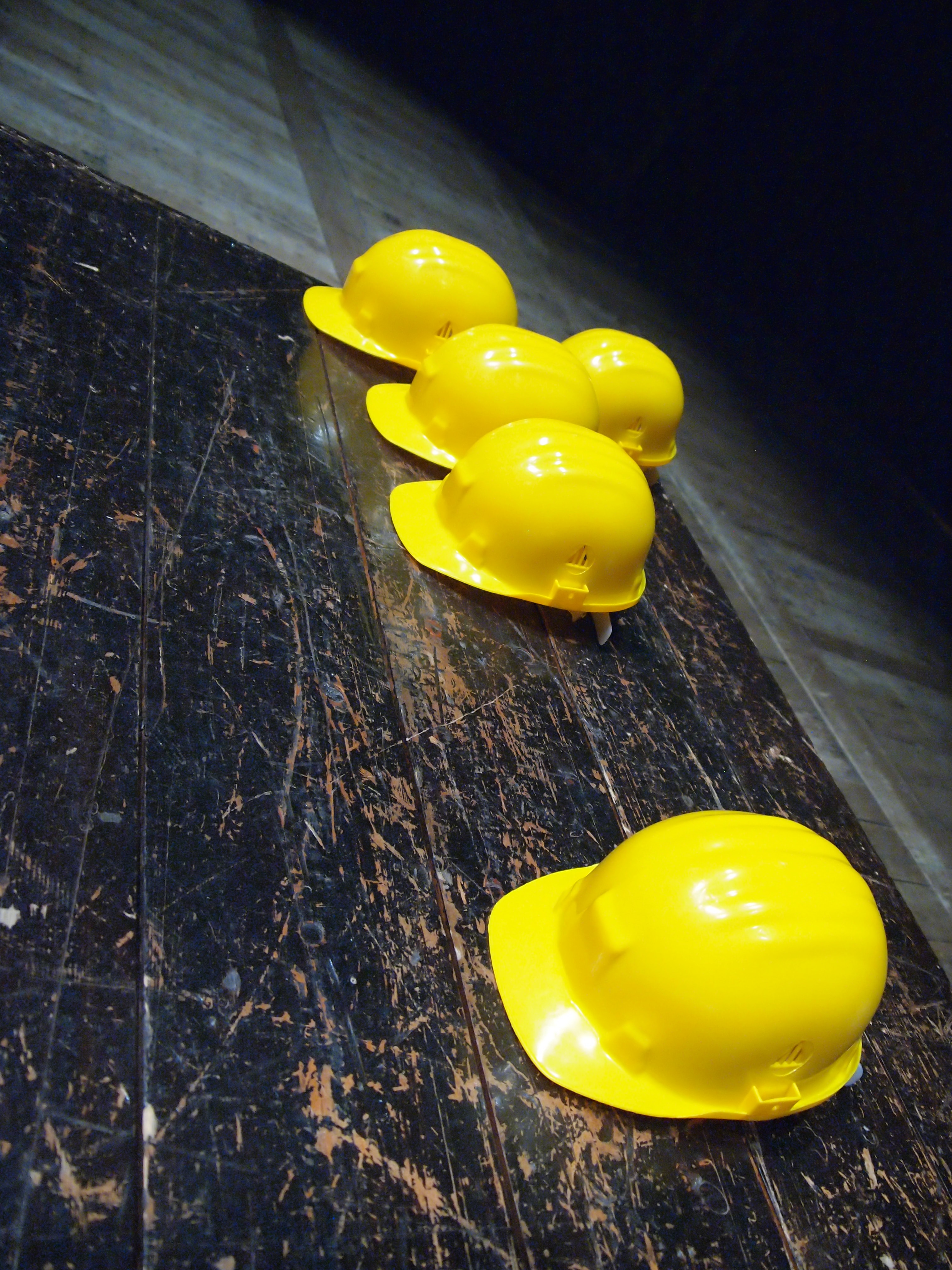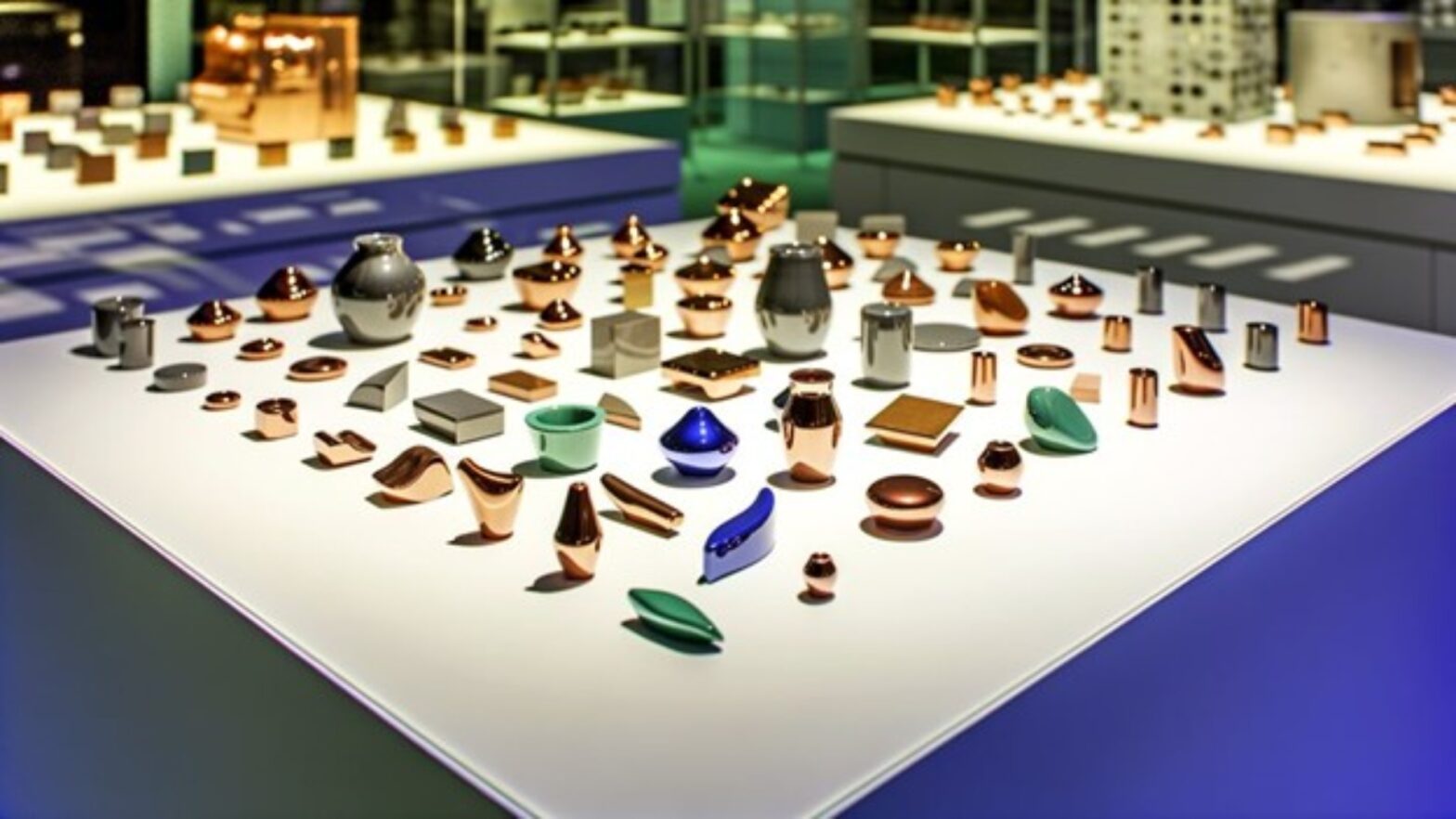Did you know that ceramic components can increase the efficiency of clean-energy systems by up to 30%? You can analyze their role in enhancing photovoltaic cells, fuel cells, and batteries, thanks to their exceptional thermal and electrical properties. As you explore these innovations, consider how ceramics also minimize maintenance in wind turbines, boosting overall sustainability. You’re about to uncover how these materials are pivotal in driving the future of renewable energy solutions.
The Role of Ceramics in Solar Energy Innovations
While often overlooked, ceramics play an essential role in advancing solar energy technologies. You’ll find that ceramics are pivotal in enhancing the efficiency and durability of photovoltaic cells. By incorporating ceramic materials, manufacturers can improve thermal stability and electrical insulation. For advanced components, consider working with a company specializing in precise ceramic injection molding. This leads to more effective energy conversion and prolonged cell lifespan
Ceramics are also critical in concentrator photovoltaics, where they’re used to focus sunlight onto smaller, high-efficiency cells, optimizing energy capture. Research supports that ceramic coatings reduce reflection losses, increasing solar cell efficiency by up to 30%.
Additionally, you can appreciate ceramics’ resilience to harsh weather conditions, which decreases maintenance costs. By leveraging these materials, solar technology becomes more reliable and cost-effective, driving wider adoption and cleaner energy generation.
Advancements in Fuel Cells Through Ceramic Technology
Fuel cells stand to gain considerably from advancements in ceramic technology, as these materials enhance both performance and durability.
You’ll find that ceramics offer superior ionic conductivity and thermal stability, which are essential for efficient fuel cell operation. Analytical data indicates a 30% increase in power density when ceramics are used in solid oxide fuel cells (SOFCs). This improvement stems from ceramics’ ability to operate at higher temperatures without degradation, unlike traditional materials.
Additionally, ceramics resist corrosion and chemical breakdown, ensuring longer component life. Evidence suggests that adopting ceramic electrolytes can cut operational costs by 20% due to reduced maintenance.
These advancements make ceramics indispensable in developing more reliable and efficient fuel cells, driving the clean-energy sector forward.
Enhancing Battery Performance With Ceramic Materials

As the demand for high-performance batteries intensifies, ceramic materials emerge as a pivotal solution for enhancing battery efficiency and longevity.
You’ll find ceramics play a critical role in solid-state batteries, offering greater safety and energy density. Unlike liquid electrolytes, ceramic electrolytes resist dendrite formation, thereby reducing short-circuit risks. This means you get a more reliable and durable battery.
Furthermore, ceramics enhance thermal stability, allowing for safer operation under high temperatures. Research indicates that integrating ceramics in lithium-ion batteries can increase cycle life by 30%.
By optimizing ionic conductivity and mechanical stability, ceramics guarantee improved performance.
Wind Turbine Efficiency Boosted by Ceramic Components
Ceramic components are revolutionizing wind turbine technology, greatly boosting efficiency and durability. By integrating advanced ceramics into turbine structures, you dramatically reduce wear and maintenance costs.
Ceramic bearings, for instance, offer lower friction coefficients compared to steel, enhancing rotational speed and energy capture. These components also resist corrosion, a significant factor in offshore installations, where saltwater accelerates material degradation.
Analytical studies highlight ceramics’ superior mechanical properties, which lead to longer service life and less downtime. Evidence shows that turbines equipped with ceramic parts deliver higher power outputs due to improved reliability and performance consistency.
Heat Resistance: A Key Advantage of Ceramics in Clean Tech
When you examine clean-energy technologies, the heat resistance of ceramic materials stands out as a pivotal advantage. With their ability to endure extreme temperatures without degrading, ceramics guarantee reliability and longevity in high-temperature environments like solar thermal plants and fuel cells.
Their crystalline structure minimizes thermal expansion, reducing the risk of mechanical failure. For instance, in concentrated solar power systems, ceramics maintain structural integrity under intense heat, enhancing efficiency and lifespan.
Analytical studies confirm ceramics outperform metals and polymers in thermal stability. Their high melting points and low thermal conductivity reduce energy loss and improve system performance.
Electrical Insulation Properties of Ceramics in Renewable Energy
While ceramics excel in withstanding extreme heat, their electrical insulation properties also play a significant role in renewable energy systems. As an engineer, you’ll appreciate ceramics’ high dielectric strength, which prevents current leakage and guarantees system reliability.
Ceramics like alumina and zirconia offer low electrical conductivity, essential for insulating components in high-voltage applications. For instance, in wind turbines, ceramic insulators maintain electrical integrity, reducing the risk of short circuits.
Moreover, ceramics’ resistance to environmental degradation enhances longevity in harsh conditions, such as offshore wind farms. Studies demonstrate that ceramic insulators outperform traditional materials, offering superior performance in both mechanical strength and thermal stability.
Reducing Carbon Footprints With Ceramic-Based Solutions
As industries endeavor to minimize their environmental impact, leveraging ceramic-based solutions can substantially reduce carbon footprints in clean-energy technologies.
You can harness ceramics’ thermal stability and durability to enhance efficiency in energy systems. For example, ceramic coatings on turbine blades in wind and gas turbines improve performance and extend lifespan, leading to less frequent replacements and lower material waste.
Additionally, ceramics in fuel cells and batteries boost energy storage efficiency.
Ceramic electrolytes in solid oxide fuel cells (SOFCs) allow high-temperature operations with minimal energy loss, increasing overall system efficiency. Furthermore, ceramics’ ability to withstand harsh environments reduces maintenance needs and improves longevity.
Future Prospects for Ceramics in Sustainable Energy Systems
Ceramics stand poised to revolutionize sustainable energy systems with their exceptional properties and versatility. You’re looking at materials that can withstand extreme temperatures and resist corrosion, making them ideal for high-efficiency solar panels and wind turbine components.
Advanced ceramics offer impressive electrical insulation and thermal conductivity, essential for optimizing energy conversion and storage technologies.
Consider solid oxide fuel cells (SOFCs). They utilize ceramic electrolytes to achieve higher efficiency and lower emissions compared to conventional power sources.
In battery technologies, ceramics enhance longevity and safety by acting as solid-state electrolytes. Evidence suggests that ongoing research and development will further enhance ceramic applications, driving innovation in energy storage and conversion.
You’ve seen how ceramic components are transforming clean-energy tech, much like a trusty Swiss Army knife in the toolbox of renewable solutions. With their unmatched thermal stability and electrical insulation, ceramics enhance solar panels, fuel cells, batteries, and wind turbines. By reducing maintenance costs and boosting efficiency, they’re key to minimizing carbon footprints. As innovations unfold, ceramics will certainly remain pivotal in the quest for sustainable energy, driving us toward a greener, cleaner future.



























